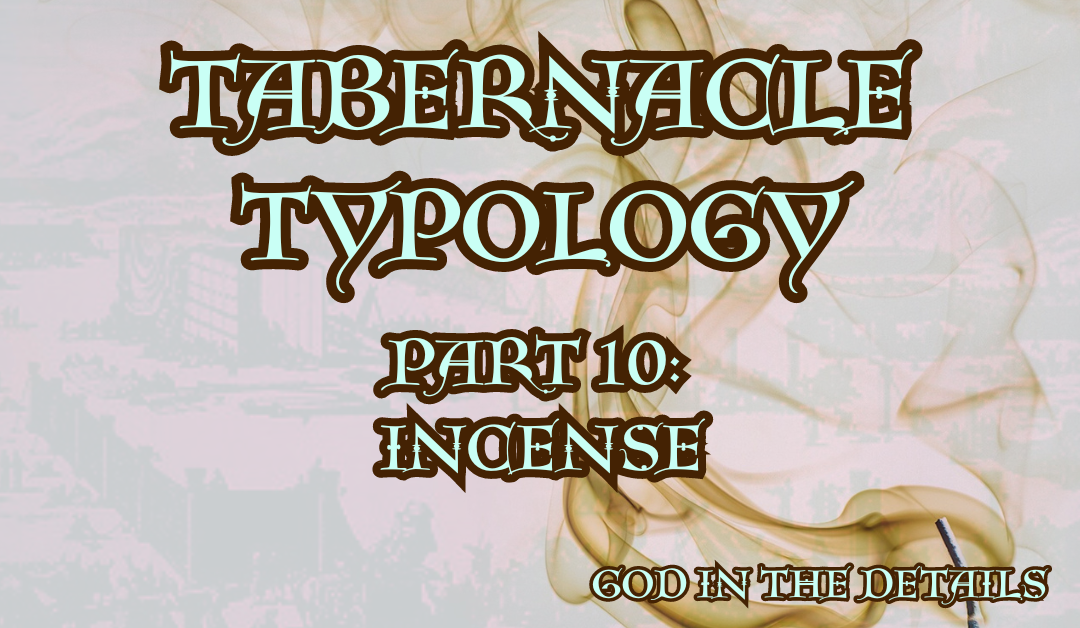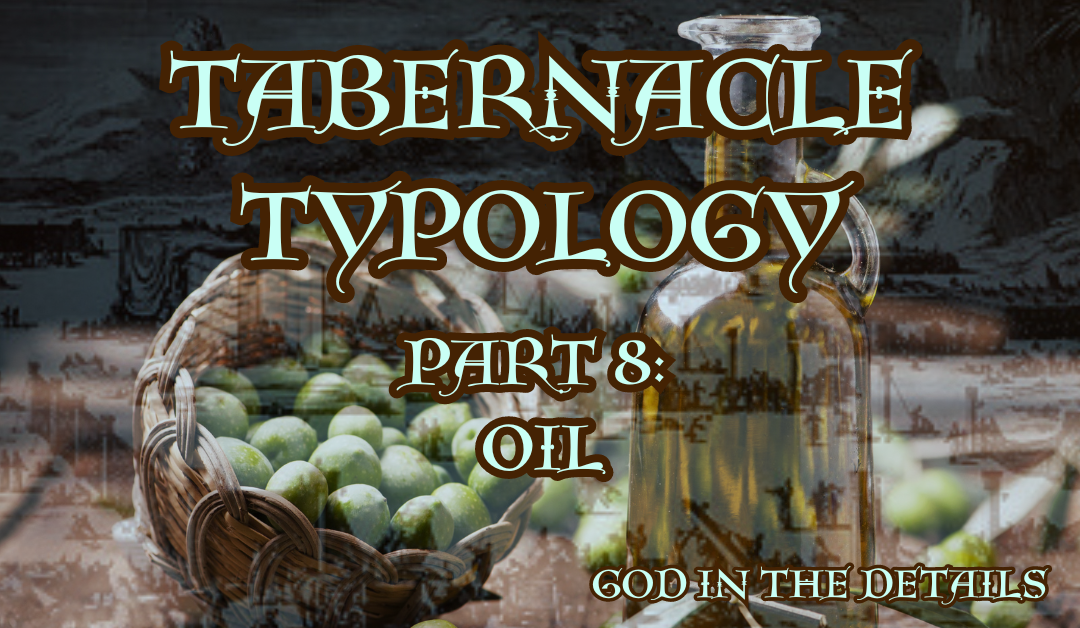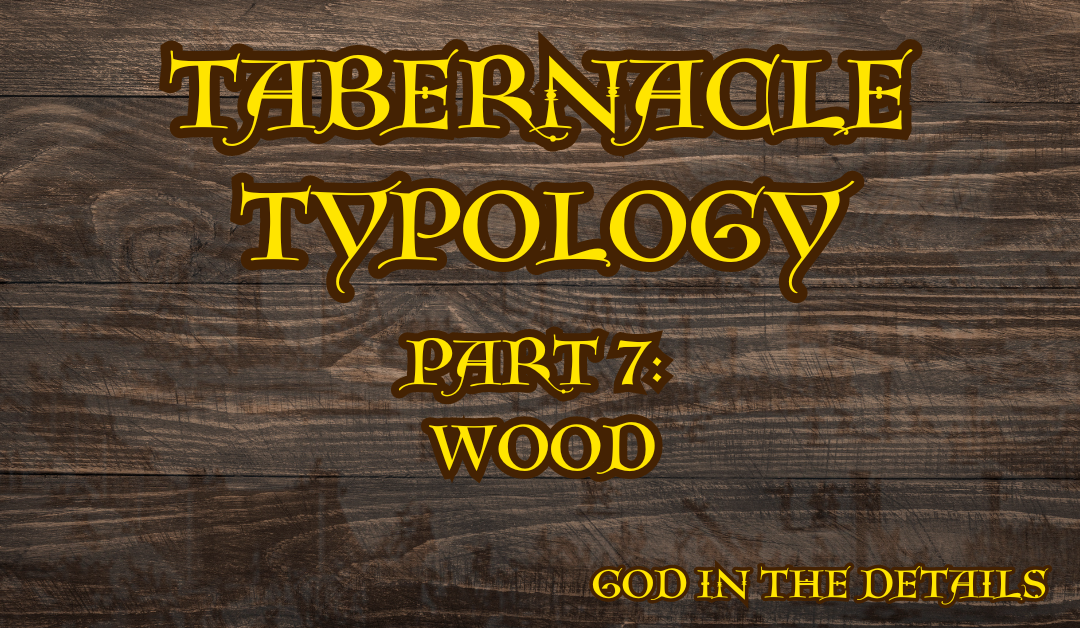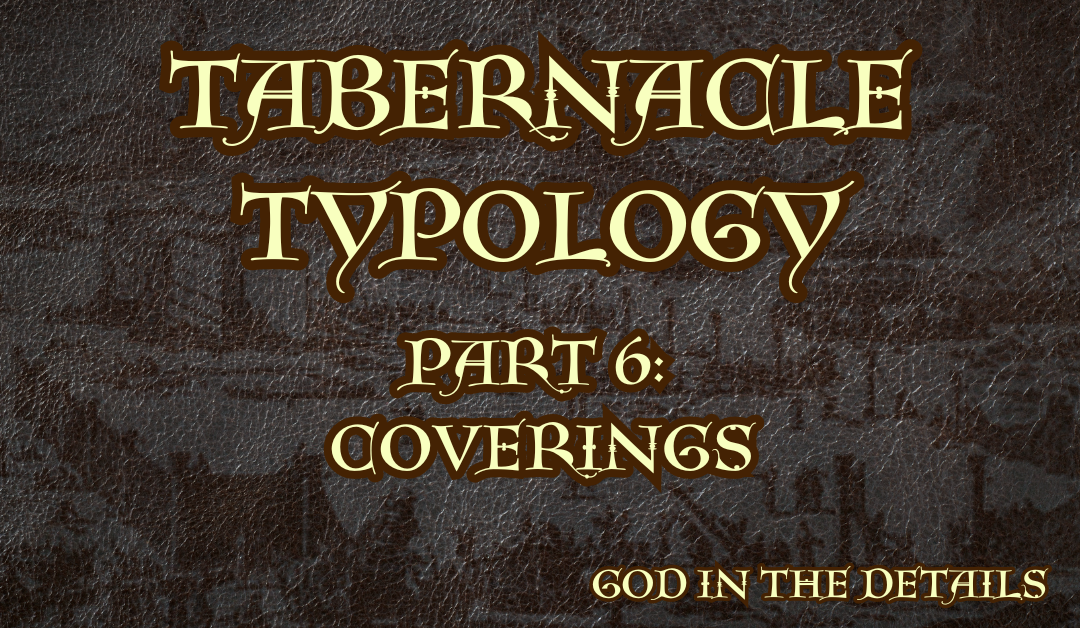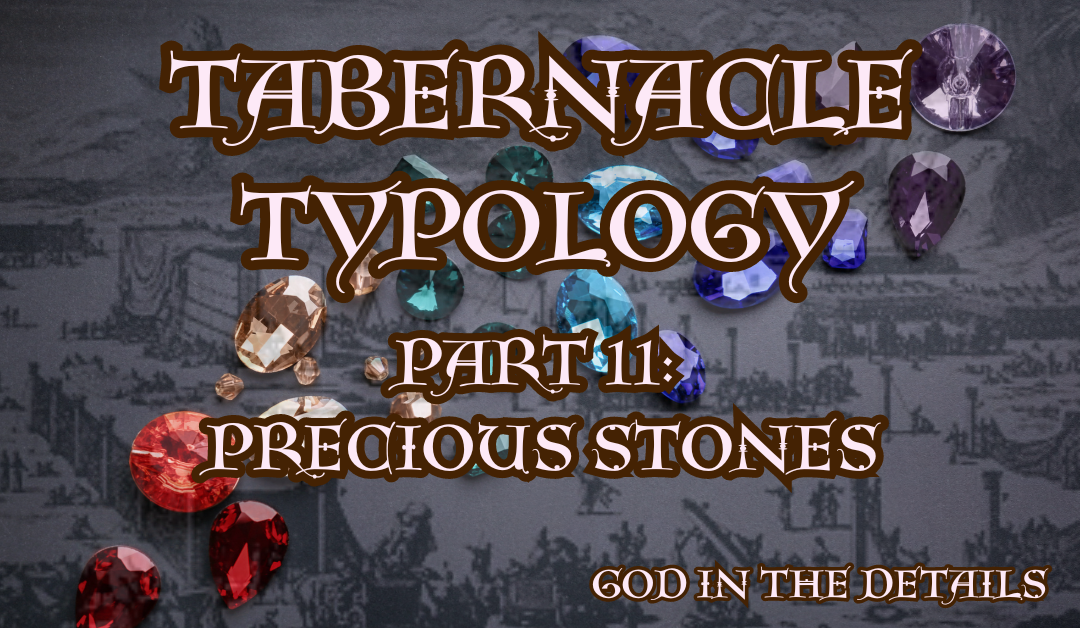
Tabernacle Typology 11: Precious Stones
Exodus 39:10-13, KJV:
“And they set in it four rows of stones: the first row was a sardius, a topaz, and a carbuncle: this was the first row. And the second row, an emerald, a sapphire, and a diamond. And the third row, a ligure, an agate, and an amethyst. And the fourth row, a beryl, an onyx, and a jasper: they were inclosed in ouches of gold in their inclosings.”
The priest wore a garment called an ephod. Along with the ephod he wore a heavy breastplate decorated with precious stones. These stones were called ‘stones of remembrance’ and were engraved with the names of the twelve tribes of Israel.
These stones were carried on the shoulders of the high priest – the high priest carried the burden of their sins upon his shoulders.
There is much debate as to the specific stones used, and what each individual stone might mean or represent – but what can be said for sure is that they symbolised the twelve tribes.
In a broader sense they symbolise all of humanity and the church. (1 Peter 2:4-5) Each stone was unique – no stone was used twice – it represents all the unique nations of the world. It represents your uniqueness as a child of God.
You are one of a kind to God. There is only one of you.
And just as the names were engraved upon the stones set in the breastplate of judgement (as it was called), so too your name is engraved on your own stone upon His breastplate of righteousness.
Your name is engraved in the palm of His hand – not just written and waiting to fade away – but engraved.
Your name is engraved upon His heart.
Jesus carried the burden of your sin, the burden of your shame and the burden of your sorrow upon His shoulders.
Just like the stones were taken from the earth through hard labour, hewn out of the rock, so too God – through Jesus Christ – struck a blow to the hard bedrock of sin and iniquity to get you out.
Just like these stones are precious to man, even more so, you are precious to Him.
At the time these were the most valuable jewels the Israelites possessed – bought from merchants traveling through, merchants from far off lands – so too you have been redeemed.
Valuable to God.
Just as the high priest felt the burden of these stones while making intercession for the nation of Israel, so too Christ felt the burden of our sin and remembered us upon the cross.
Our Cornerstone and Solid Rock of our Salvation – the Foundation of our Faith – these stones taken from the heart of the earth represent Christ’s heart for us.
You are loved. You are redeemed – you are His – precious and valuable to Him.
Reflect:
1. These stones, set in the breastplate, would signify a great burden – the burden of a nation’s sin and iniquity. In our own lives we often feel the burden of our own sin and iniquity – do you have any heaviness in you? How can you let go of it today?
2. Read 1 Peter 5:8-9. These stones were called ‘stones of remembrance’ and served to remind the high priest of the importance of the intercession he was making. What does intercession look like to you? What role does it play in your life?
Prayer: Lord, how wonderful to know that my name is engraved upon Your heart – that You took my burden of sin and sorrow upon You and paid the price for all of it. I thank You Lord for Your mercy, grace and great love. As I look upon the beauty of Your sacrifice, Lord, let my heart be transformed – break my heart for what breaks Yours! Polish me Lord, like a precious stone – make me more like You. In Jesus Name. Amen.

